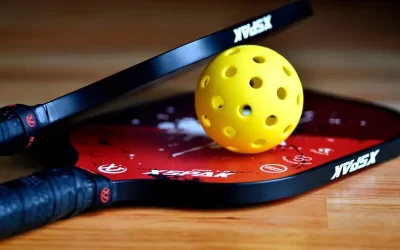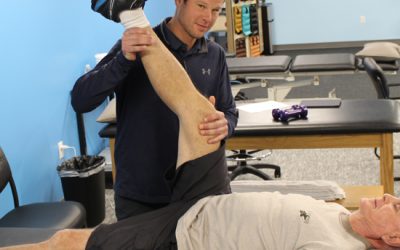
BY Dylan Chisholm, PT, DPT, cert. DN, cert. VRS
Many people will attain medical professionals, including physical therapists, for spinal manipulations for their acute or chronic lower back, neck or mid back pain in hopes of alleviating their ongoing pain or related dysfunction. These manipulations, or “adjustments”, often produce loud, cracking noises that allow for the body’s natural receptors to reset, giving better alignment and thus assisting in reducing overall pain in the spine. However, many are unaware that physical therapists are also capable of manipulating, or “cracking”, various other joints of the body, including the hips, wrists, elbows, knees and ankles. This is known as extremity manipulations with the goal of reducing pain and allowing you to get back to doing the activities you love. The purpose of this blog is to educate you on various diagnosis and pain patterns that extremity manipulations can assist with along with various other physical therapy interventions.
One of the most common diagnoses that physical therapists see daily is osteoarthritis (OA), often in the hip, knee and ankle. Osteoarthritis is generally a degenerative process of the joint which can be very debilitating and painful for many patients. Hip OA will often clinically show as pain that can be along the front of the hip as well as into the groin. This pain is commonly seen due to extra compression into the hip that produces a “bone on bone” effect over time. The hip manipulation is a technique used to quickly decompress the joint and allow for fluids inside of the hip to better flow in and out of the joint, which provides nutrients and healing properties that can alleviate pain and make your walking tolerance better.

Knee OA can present as having increased stiffness and achiness into your knee especially with walking long distances, stairs and getting out of the car. The cartilage and menisci of your knee that provide a “cushion” for the knee bones over time will break down, causing the dreaded “bone on bone” and thus leading to increased pain and difficulty performing daily activities. Performing a quick knee manipulation can allow for the receptors of your knee to reset, which can assist in reducing pain and improve Range of Motion (ROM) and balance at the joint.

Many patients will at some point sprain their ankle, which can cause significant instability, swelling and pain at the ankle and can be a long-term problem if ankle sprains occur frequently over time. Due to progressive ankle OA, our calf muscles will also become tighter, which reduces the ability for us to pull our foot off the ground and clear the toes when we are walking, which can cause trips and falls. A manipulation of the ankle can help to reduce pain and improve the ability for the joints to move, which can help with walking and most daily activities.

Extremity manipulations are an important aspect of physical therapy treatment that is often overlooked but can be a game changer when it comes to reducing pain and improving function. This technique along with various other interventions that physical therapists perform, including soft tissue mobility, functional strengthening, dry needling, joint mobilizations and balance training can improve your quality of life and get you back to doing the things you love.
If you experience daily pain into your hips, knees and ankles and wish to get back to walking more with less pain, give Rye Physical Therapy a call and schedule with one of our highly skilled and trained physical therapists today!




